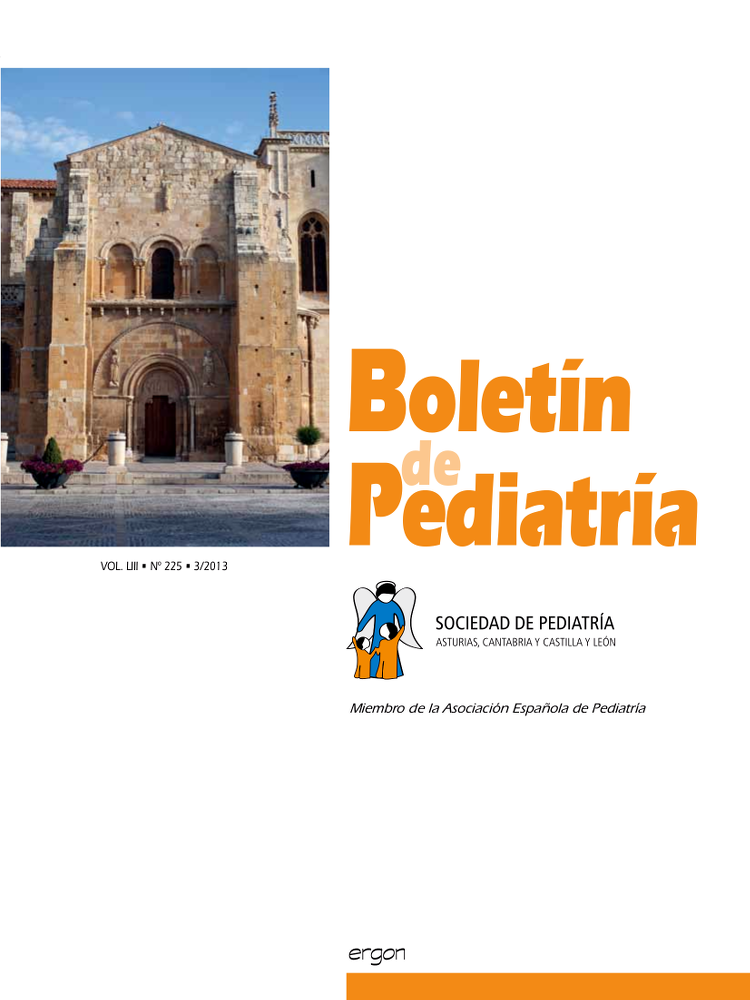Abstract
Introduction.
Cytomegalovirus (CMV) is the most common cause of congenital infection in our media, being responsible of a high rate of perinatal morbility and mortality as well.
Case report.
A fifty-five day old child presented to the hospital with a jaundice noted one week ago. No acolia, coluria or infections were noted at that time. The patient was born at a gestational age of 36 weeks and the weight at birth was below 10 th percentile. The physical exam at admission revealed a pale-icteric skin and 3-5 cm esplenomegaly without hepatomegaly. The laboratory tests showed a cholestatic hepatitis with positive serology for CMV (IgM). After extrahepatic billiary atresia was ruled out and the PCR for CMV, in urine and serum, confirmed the infectious etiology, we started the treatment with intravenous Ganciclovir. The dried blood of metabolic tests was recovered in order to identify the congenital or acquired origin of the infection. Due to the clinical response and the negative result of the dried blood CMV PCR, we finished the treatment 6 weeks later. As side effect, we observed a mild leukopenia which had a good response to the treatment.
Conclusions.
In CMV infection is essential to identify the transmission´s time in order to establish the long-term prognosis. It is well known that the higher risk to develop sequels is joined to congenital infections;. being those that affect neurodevelopment the most frequent. Despite the infectious origin of our patient´s symptoms, extrahepatic biliary atresia must be ruled out because of the association with viral infections.

This work is licensed under a Creative Commons Attribution-NonCommercial 4.0 International License.
Copyright (c) 2013 Boletín de Pediatría
